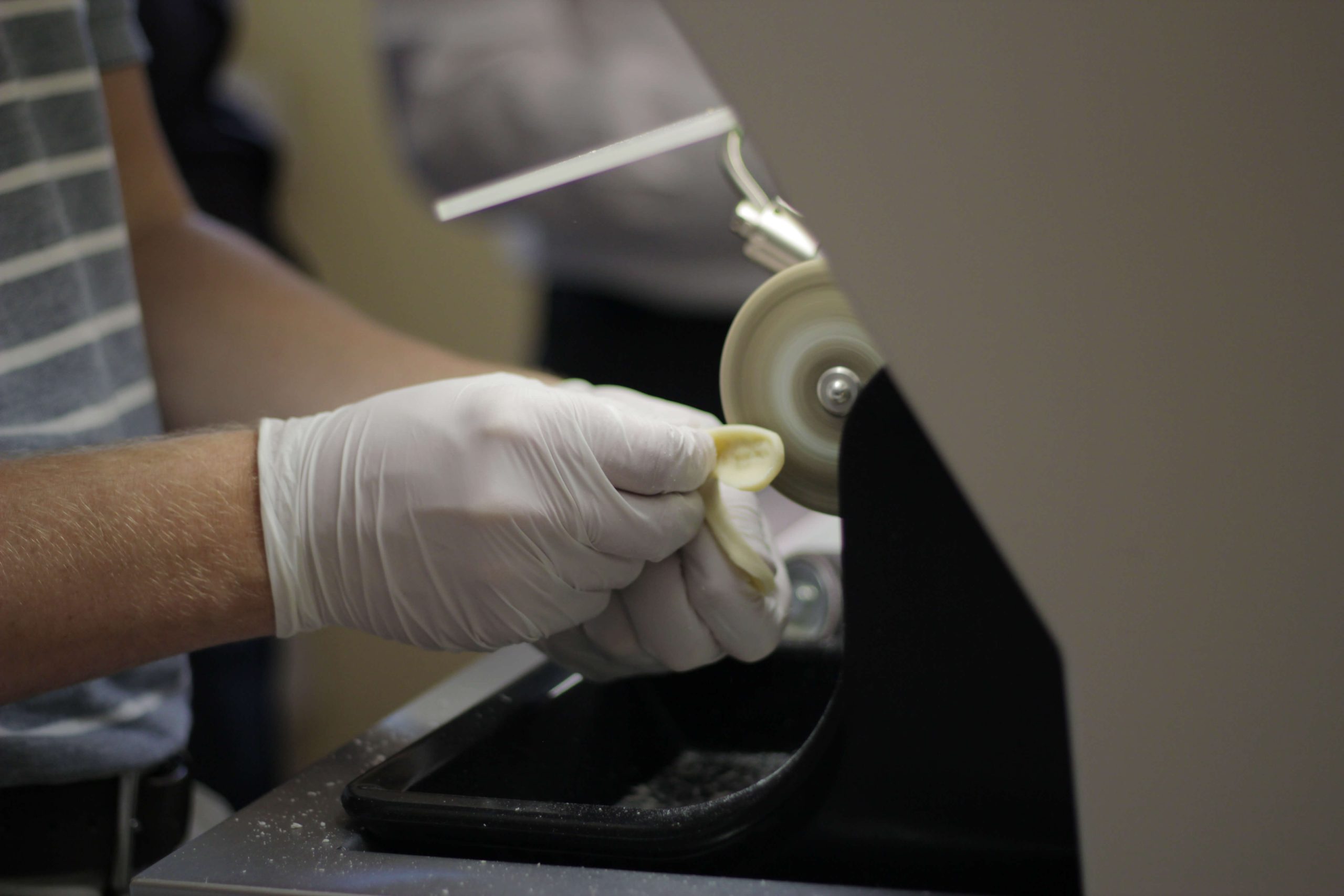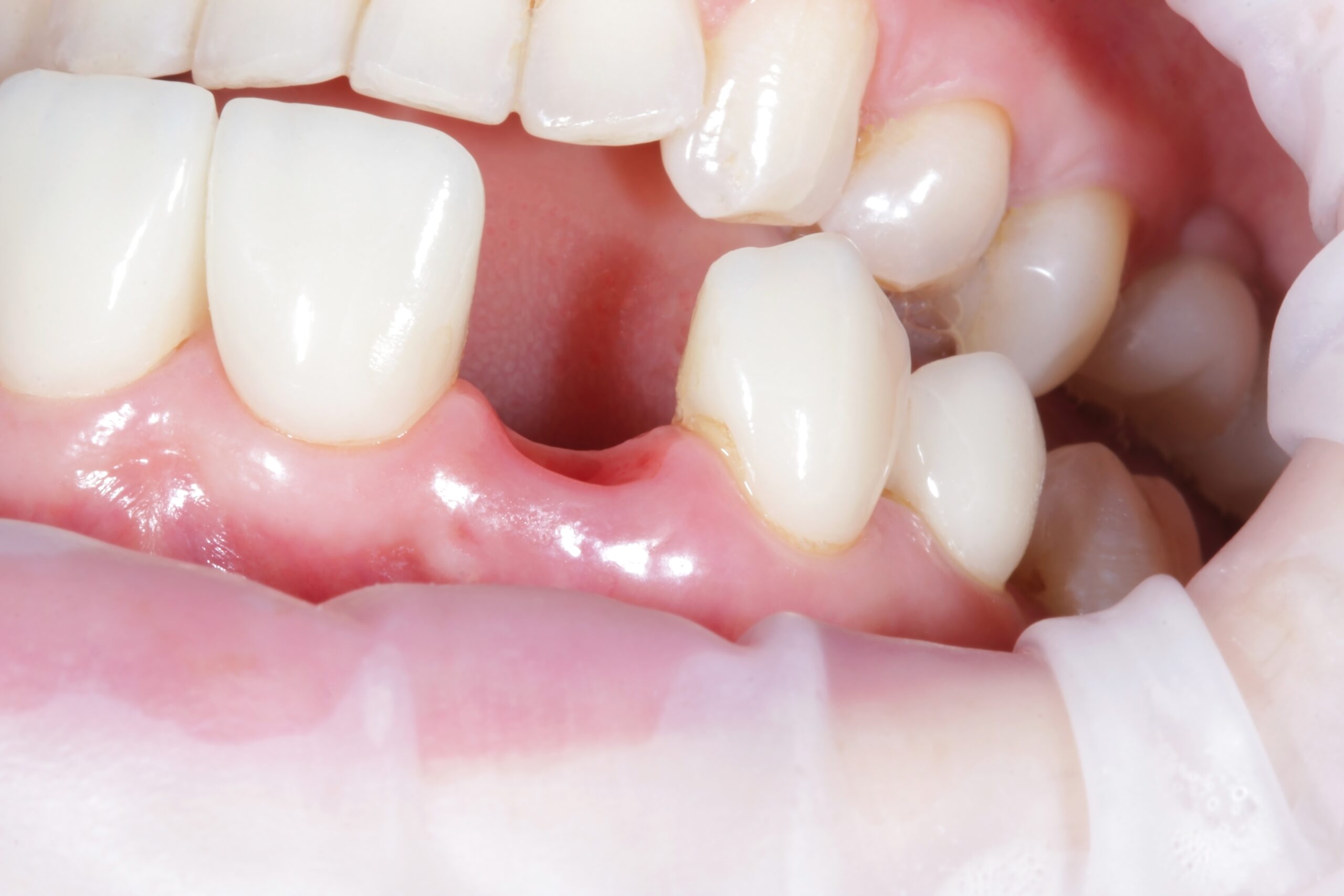
How To Set Splint Therapy Fees
Splint therapy can be one of the best services we offer our patients, but plan poorly and your headaches will greatly increase as you decrease your patient’s.
We all want to provide our best stuff for our patients, yet sometimes we can find ourselves in a quagmire of complexity and not getting reimbursed for our efforts.
Through the years I’ve seen this scenario play out in my own practice and many others because we lack structure around our fees for splint therapy. If ever there was an example of the failure of unit fees to provide appropriate care and reimbursement, the one size (fee) fits all approach in splint therapy will leave you clenching and grinding.
How to Individualize Splint Therapy Fees
To be equitable for patient and practice, fees for splint therapy must be individualized. To do this, you’ll need to have a good idea of what your production per hour goals are and utilize that as a basis for your fee.
For example, if I have an anterior deprogrammer that requires very little follow up to simply protect the dentition and calm muscle, the fee would consist of a lab fee (I charge this fee even if I make it in house), the time for insert, and the amount of time for follow up, usually one or two short appointments.
For more complex TMD therapy I like to look at it this way: take the same basic fee structure illustrated above and add time for insertion (allow yourself enough time, knowing mandibular/condylar position is likely to change as you adjust), then add for follow up appointments based on your diagnosis and complexity.
Estimating Therapeutic Time
Here are some of the factors I consider when estimating the “therapeutic time.” I’ll routinely add time and/or appointments based on whether it involves:
1) an occluso-muscle disorder
2) an intracapsular disorder
3) the amount of degenerative change in the condyle disc assembly
4) the chronic or acute nature of the problem (acute problems I feel are generally harder to manage)
5) the presence of pain, both quantitative and qualitative
6) the duration of pain and complexity of pain pattern (pain emanating from multiple sources)
7) the behavioral and psychological dynamics involved with the patient
In closing, I’d remember to under-promise and over-deliver in direct proportion to the complexity of the problem. Evaluate, diagnose, and treat wisely and you’ll achieve pain reduction and stability for both you and your patient!
How do you structure fees for splint therapy in your practice? We’d love to hear from you in the comments!
Related Course
E3: Restorative Integration of Form & Function
DATE: August 11 2024 @ 8:00 am - August 15 2024 @ 2:30 pmUnderstanding that “form follows function” is critical for knowing how to blend what looks good with what predictably functions well. E3 is the phase of your Essentials journey in which…
Learn More>






